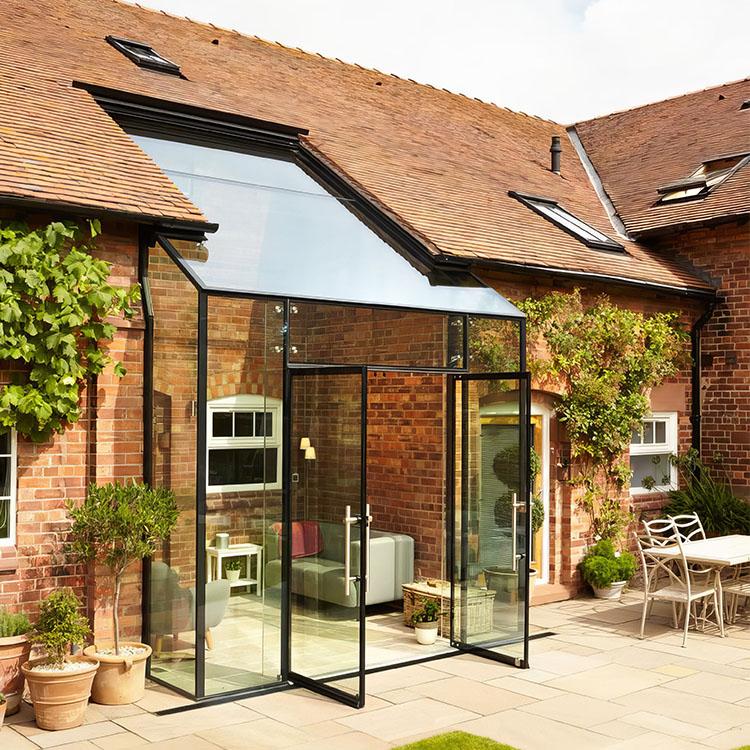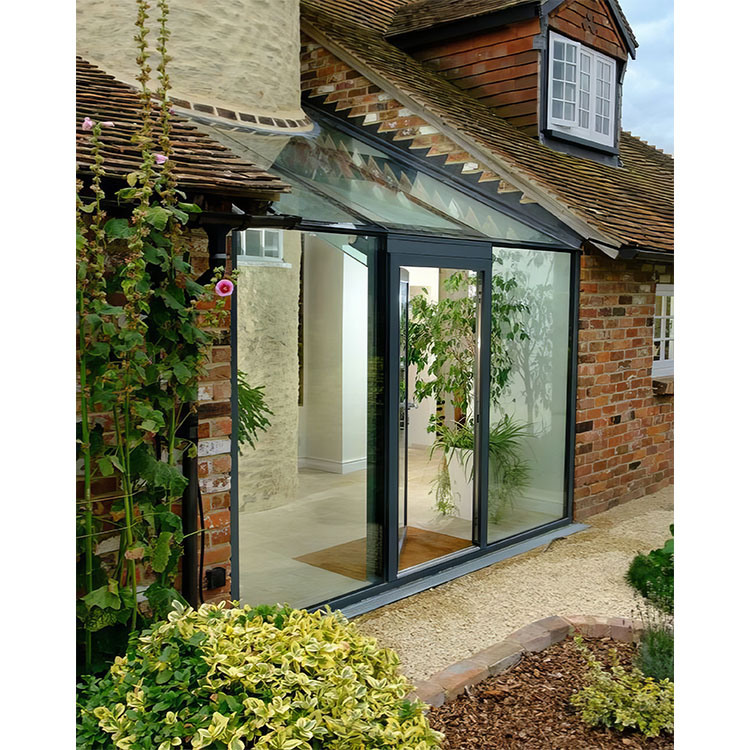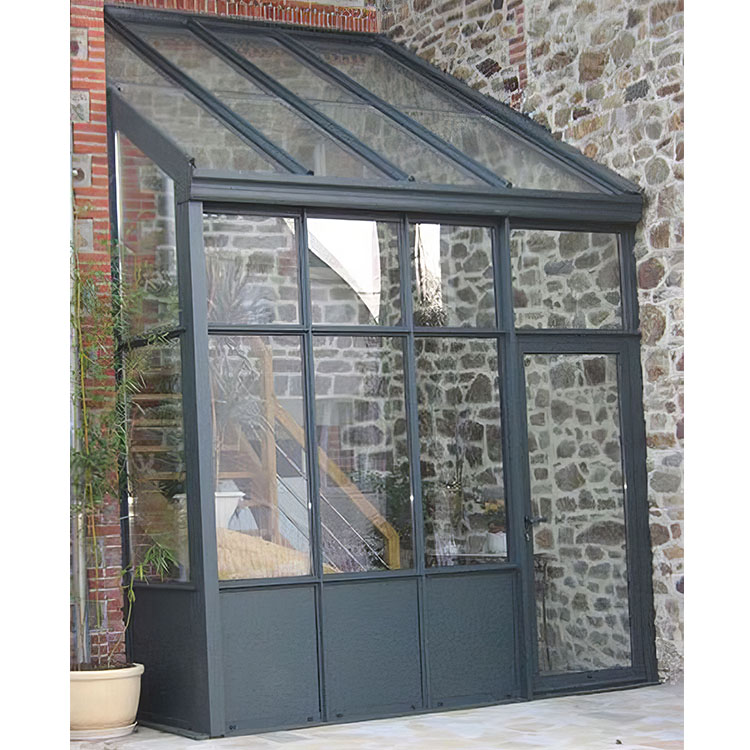Current channel gate systems include traditional wing gates, swing gates, and three-roll gates. With technological advancements, obstacle-free access gates and arm-type barriers have become increasingly common. These different types of gate mechanisms offer unique experiences depending on the application environment—such as high-end office buildings, airports, government facilities, factories, bus stations, subways, and high-speed rail stations.
**Fault Analysis and Maintenance for Three-Roll Gates**
1. **Motor rotates back and forth after power-on**
a) Check if the unlocked photoelectric sensor is exposed to strong light (common in outdoor installations).
- **Testing method**: Cover the chassis or movement cover with an opaque material to block any external light from reaching the photoelectric switch during testing.
b) Test the unlocking photoelectric switch:
- Verify that the unlocking board’s photoelectric switch is receiving power.
- Check for loose or poor connections at the 4PIN terminal.
- Enter the debugging menu P00, rotate the synchronization wheel to pass the light block through optocouplers 1 and 2. If the red and green indicators brighten, the sensor is working; otherwise, it may be damaged.
c) Ensure the connection between the photoelectric switch and the mainboard is secure.
d) When the red light of the photoelectric switch is on, the L5 and L2 indicators on the mainboard should light up. If not, the mainboard may be faulty.
2. **Gate does not operate after being authorized**
a) If the mainboard indicator is normal and an active signal is sent, the L7 or L8 indicator should flash, and the direction indicator should turn green. If the gate doesn’t move:
- Check the AC18V output at PX terminal PC and PD.
- Check if the F2 (3A) fuse is blown.
- If voltage is normal, check DC24V output at MA and MB of DX terminal.
- If output is present, inspect the motor for disconnection or damage.
b) If the mainboard LED is off and no display is shown:
- Check AC12V output at PA and PB of PX terminal.
- Inspect F1 (2A) fuse.
- If all checks are normal, the mainboard is likely damaged.
3. **Gate fails to reset after opening**
- The gate remains open for several people before locking automatically.
- First, check the reset photoelectric switch (similar to the unlock switch). If the signal is detected, the L4 indicator on the mainboard should light up. Otherwise, the mainboard is faulty.
- Also, verify that parameter P08 on the mainboard is set to memory mode.
4. **Gate rotates freely in one direction but cannot be opened in the other**
- Open the movement cover and observe whether the left and right positioning arms return to their original position or are stuck.
- Enter the debugging menu P00 and adjust the light block position:
- When the red light of the unlock photoelectric switch is on, the left and right positioning arms should align equally with the positioning dial.
- When the green light is on, the arms should be slightly offset from the dial.
5. **Lever does not drop when the rod or gate machine is running**
a) Check if the retainer on the drop lever mechanism has fallen off or if the brake lever lock is severely worn.
b) If the drop mechanism is loose, it may cause misalignment. The spring piece should have a slight gap with the brake lever’s lock head.
c) Confirm that the electromagnet is functioning properly. It should feel warm during normal operation.
d) Check the DC24V output at LOCK1 and LOCK2 of the MX terminal on the mainboard. If no output is detected, the mainboard is likely damaged.
6. **Gate opens and resets in the opposite direction**
a) Open the movement cover and test the sensitivity of the normally open and normally closed contacts of the left and right travel switches.
b) Adjust the light block position (as described in point 4b).
c) Adjust the positions of the left and right travel switches. When the gate is unlocked, the positioning arms should not touch the switches, keeping the gap as small as possible.
7. **Direction indicator board shows no change when the gate opens**
- Check the DC12V output at DIR-L and DIR-R on the mainboard. If no voltage is detected, the mainboard is faulty.
- If the mainboard is working properly, the direction indicator board may be damaged.
These troubleshooting steps help identify and resolve common issues with three-roll gate systems, ensuring smooth and reliable operation in various environments. Regular maintenance and proper adjustments are essential for optimal performance.

With the increasing rise of duplex, villa and other room types, the Sunroom from the basic shape and function, has gradually developed into a chic leisure space in Chengdu families, the sunroom has excellent ventilation, lighting, heat insulation, sound insulation system, and there are a variety of modelling for you to choose from, flat roof, sloping roof, curved roof, triangular roof, etc., the sunroom is very rich in function, it can be used as a study room, dining room, studio, studio, flower room, and so on in the bright sunshine. Under the bright sunshine, one person enjoys quiet reading time, drinking afternoon tea with friends, chatting and playing games with children, gathering with family and so on it meets people's desire to get close to nature, it is a very ideal place for socialising and leisure. Choose a suitable sunroom for your home to enjoy nature, bathe in the sun, the desire to look at the starry sky can be satisfied infinitely.

A small sunroom is an architectural structure, usually located on the side or back of a house, made of glass or transparent material that allows sunlight to pass through and into the interior. It serves the following main purposes:
1. Increase indoor lighting: a sunroom allows more sunlight to enter the room, improving the lighting effect of the room and making it brighter and more comfortable.
2. Increase indoor temperature: sunroom can use solar energy to raise the indoor temperature, especially in winter, it can play the role of heat preservation and reduce the energy consumption of heating.
3. Provide leisure space: Sunrooms are usually designed as bright and warm space, which can be used as a place for leisure and entertainment, such as reading, resting, chatting and so on.
4. Improve indoor air quality: sunroom can increase the circulation of indoor air, which is conducive to eliminating indoor humidity and odour, and improve indoor air quality.
5. Increase the value of the house: the sunroom can add a unique landscape and functional space for the house, and enhance the overall value and attractiveness of the house.




sunroom design,sunroom cost,Sunroom Furniture
Foshan City JBD Home Building Material Co.,Ltd. , https://www.jbdhome.com